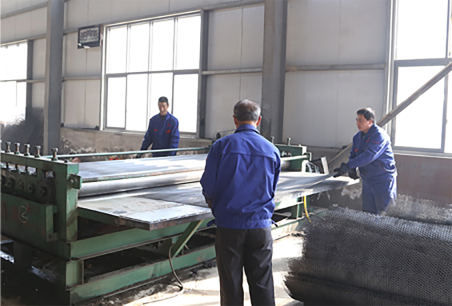The Role of Absorptive Sound Barriers in Noise Management
In today's fast-paced world, noise pollution has become an increasingly significant environmental concern. Urban expansion, traffic congestion, and industrial activities contribute to elevated noise levels, which can have detrimental effects on health and well-being. One effective method of mitigating this issue is through the use of absorptive sound barriers, a technology that has gained prominence in noise management.
What are Absorptive Sound Barriers?
Absorptive sound barriers are structures specifically designed to reduce the propagation of sound waves. Unlike reflective barriers, which only redirect sound, absorptive barriers are constructed from materials that absorb sound energy, thereby reducing the amount of noise that reflects back into the environment. These barriers can be made from various materials, including porous concrete, acoustic panels, and specially designed fabrics.
How Do They Work?
The functionality of absorptive sound barriers lies in their ability to dissipate sound energy. When sound waves encounter the barrier, instead of being reflected, a portion of the energy penetrates the material and is transformed into a small amount of heat. This transformation occurs due to the microscopic structure of the absorbing material, which allows sound waves to enter while impeding their return. By converting sound energy into heat, these barriers effectively decrease noise levels in the surrounding areas.
Applications and Benefits
Absorptive sound barriers have found applications in multiple settings. One of the most common uses is alongside highways and railways, where noise pollution from vehicles and trains can significantly affect nearby residential areas. By installing these barriers, communities can experience a noticeable reduction in intrusive noise, leading to improved quality of life.
absorptive sound barriers

In addition to transportation, absorptive barriers are also utilized in industrial settings, concert venues, and urban environments. They can be integrated into buildings to manage sound pollution and enhance acoustic comfort. Notably, these barriers can be aesthetically pleasing, available in various designs and colors, allowing them to blend seamlessly into their surroundings while serving a crucial functional purpose.
Environmental Considerations
The design and construction of absorptive sound barriers can also align with environmental sustainability goals. By selecting eco-friendly materials and considering the life cycle of the barriers, manufacturers can reduce the overall carbon footprint associated with their production. Moreover, the implementation of these barriers can promote biodiversity by reducing noise disturbances in natural habitats, allowing wildlife to thrive.
Challenges and Future Perspectives
Despite their effectiveness, absorptive sound barriers are not without challenges. Installation costs can be significant, and the selection of appropriate materials involves careful consideration of factors such as durability, maintenance, and environmental impact. Additionally, local regulations and community acceptance play critical roles in the planning and implementation stages.
Future advancements in technology and materials science promise to enhance the efficacy of absorptive sound barriers. Innovations in nanomaterials and eco-friendly composites may provide even greater sound absorption capabilities while minimizing environmental impacts. Moreover, integrating smart technologies, such as sensors and monitoring systems, can optimize the placement and performance of these barriers in real-time.
Conclusion
As urbanization continues to rise and the demand for tranquility in our environments becomes more pronounced, absorptive sound barriers present a viable solution to manage noise pollution effectively. Through their ability to absorb sound energy and reduce noise levels, these structures contribute not only to the enhancement of individual well-being but also to the overall improvement of community quality of life. By investing in and advancing the design of absorptive sound barriers, we can create more peaceful, harmonious environments for future generations.
-
Versatility of Expanded Aluminum Metal for Various Applications
NewsMay.19,2025
-
The Geometry of Steel Gratings: Why It Matters
NewsMay.19,2025
-
Reinforcement Applications of Perforated Mesh in Masonry
NewsMay.19,2025
-
Essential Tools for Installing a Deck Mesh Railing
NewsMay.19,2025
-
Anti-Slip Flooring Made with Stainless Expanded Mesh
NewsMay.19,2025
-
Adjustable Steel Grating for Uneven Terrain
NewsMay.19,2025
Subscribe now!
Stay up to date with the latest on Fry Steeland industry news.

